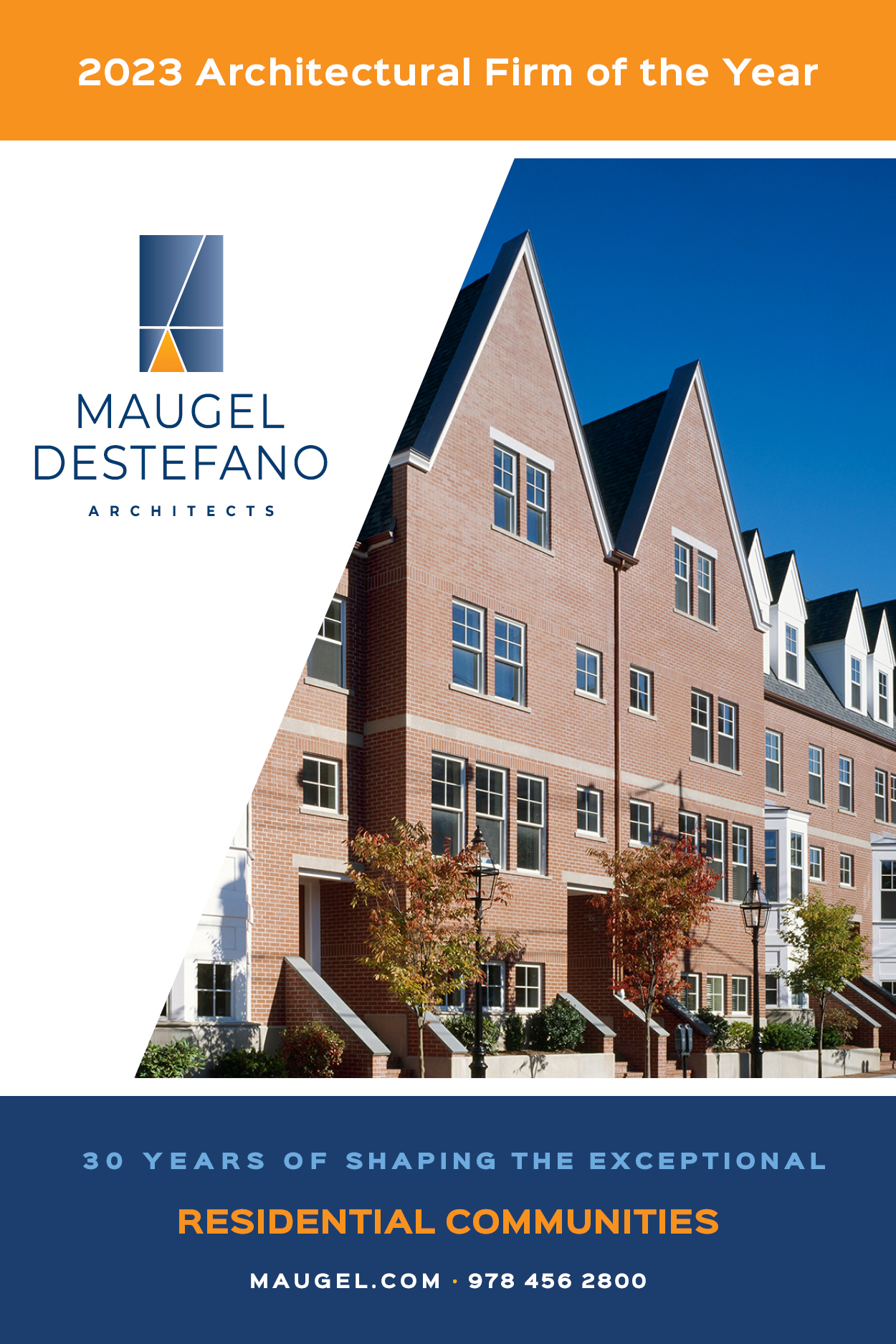
WASHINGTON – The American Institute of Architects (AIA) is releasing strategies and illustrations today that can help senior living communities mitigate risk of COVID-19.
These resources were developed by a team of architects, AIA’s Design for Aging knowledge community, public health experts, and engineers, to assist with pivoting communities toward a more sustainable set of strategies that can reduce risk for residents and staff while creating a more comfortable way of life that is supportive of overall wellbeing.
In addition to the 3D model—produced by RLPS Architects—the team’s findings are detailed in a report for administrators, design professionals, and public officials. These strategies are meant to work in tandem with AIA’s other tools that can assist senior living communities with mitigation measures to safely resume activities and reopen closed spaces. These tools include a seven-step Risk Management Plan for Buildings for assessing hazards and applying strategies that reduce risk and the AIA’s Re-occupancy Assessment Tool, which provides a framework of strategies for making buildings safer.
Developing mitigation strategies is particularly critical for senior living communities, where risk is amplified. The primary risk of transmission is currently considered to be close personal contact, which could occur among residents, staff, and visitors predominantly in gathering areas, such as dining rooms or common areas, and during group activities.
Resources were developed from a wide range of expertise and research using a virtual charrette workshop—a method used to study specific issues in a limited time frame using an intense brainstorming session.
As part of the sessions, a group of public, environmental, and occupational health experts and physicians provided an independently developed 90-minute briefing on SARS-CoV-2 infectious disease transmission, epidemiological models, and insights into the most current research of the virus as of May. Visit AIA’s website to access the full report.
For more detailed information on public health hazards and considerations in senior living communities, see AIA’s COVID-19 emerging research and public health data.


















